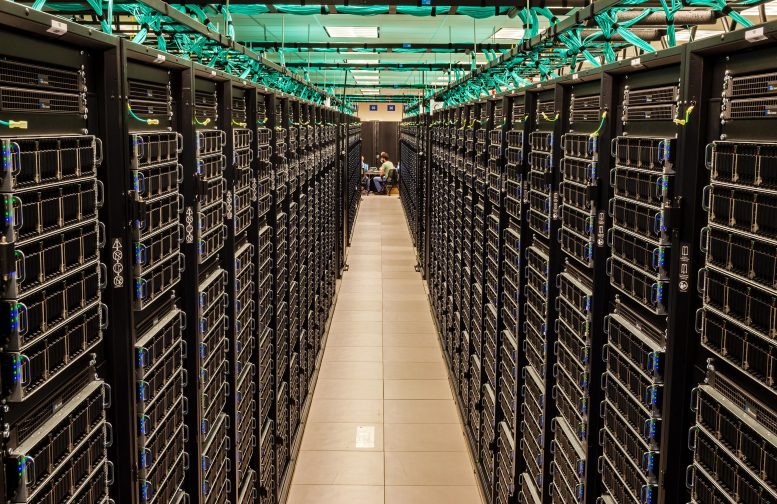
Twenty years ago, a handful of computing experts with a hand-me-down Cray computing cluster began the journey of building the Texas Advanced Computing Center, or TACC, at The University of Texas at Austin into a research organization that today stands at the pinnacle of academic supercomputing.
On September 30, 2021, the center and its longest partners — the National Science Foundation (NSF) and Dell Technologies — celebrated the milestone with remarks on the growing importance of advanced computing and TACC’s role powering discoveries across science and engineering.
“Two decades ago, UT made a big bet on TACC and supercomputing. It’s an investment that’s paid off handsomely,” said UT Austin President Jay Hartzell. “And, given the proliferation of data science, AI and machine learning across fields and throughout society, there’s no limit to TACC’s impact over the next 20 years.”

Frontera is one of the most powerful supercomputers in the world. It is located at the Texas Advanced Computing Center and is supported by National Science Foundation. Credit: TACC
Throughout its history, TACC has powered many notable discoveries, aided society and enabled new approaches to answering humanity’s oldest questions.
- Astronomers used TACC systems to analyze data and confirm the Event Horizon Telescope’s first-ever image of a